- Home
- Transportation
- The design behind the Hyperloop dates back long before Elon Musk - take a look at its evolution
The design behind the Hyperloop dates back long before Elon Musk - take a look at its evolution
All of these visions could one day come together to create a Hyperloop system that revolutionizes transportation.

A group of Chinese scientists want to construct a pneumatic train underwater. In 2017, researchers from the Chinese Academy of Sciences proposed a submarine rail project that would run at a theoretical speed of 1,240 mph, much faster Musk's Hyperloop concept.
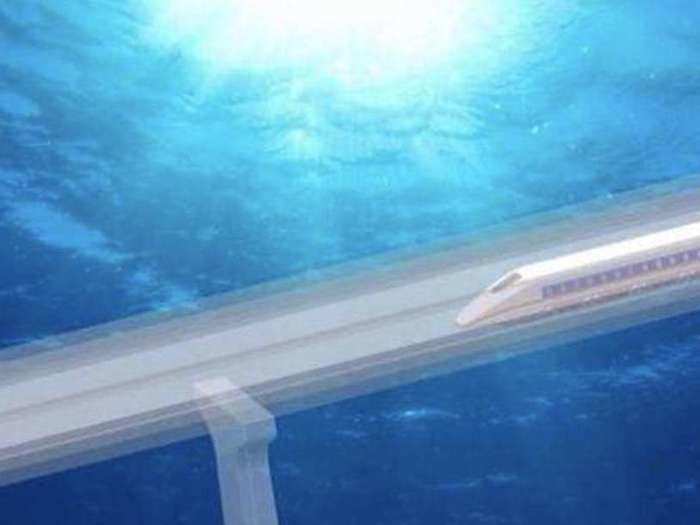
Source: China Money Network
In July 2017, a startup called Hyperloop One successfully tested a full-scale system on its DevLoop test track in Nevada. Using maglevs, the vehicle reached a top speed of 70 mph. The company hopes to reach 250 mph.
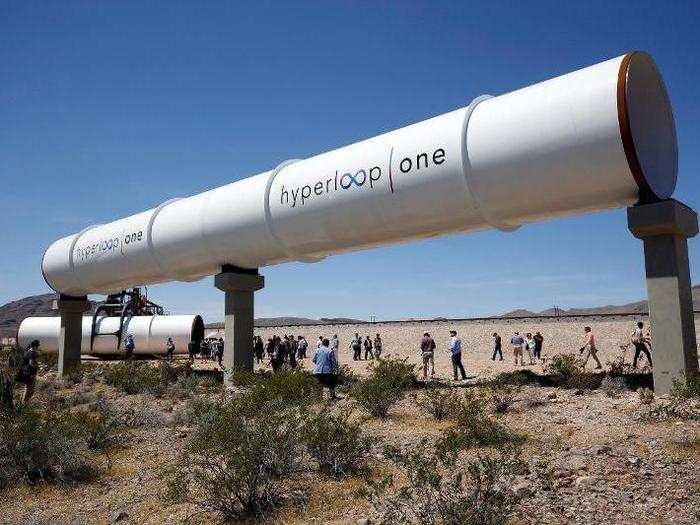
Source: Business Insider
Hyperloop Transportation Technologies, a startup building off Musk's concept, is creating a 5-mile test track for a Hyperloop system in Quay Valley, California. Construction began in 2016, and the company is aiming for the train to reach 760 mph.
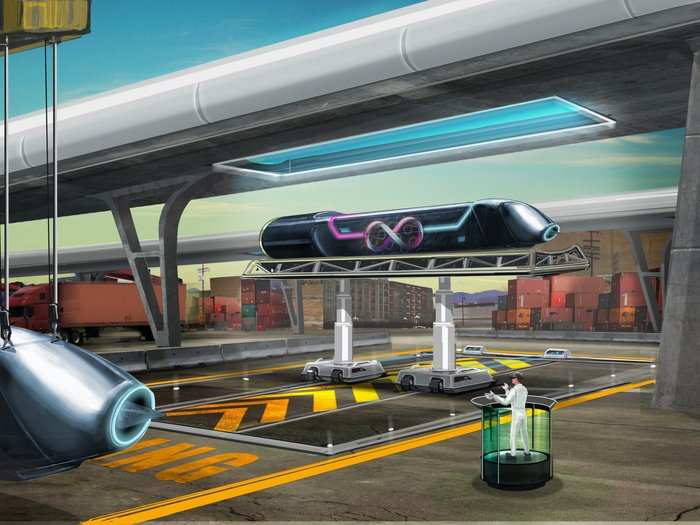
Three years later, Elon Musk published his proposal for the Hyperloop in a 57-page white paper. According to his design, sealed pods containing 28 people each would whisk through tubes. A trip from NYC to DC would take 29 minutes, he recently tweeted.
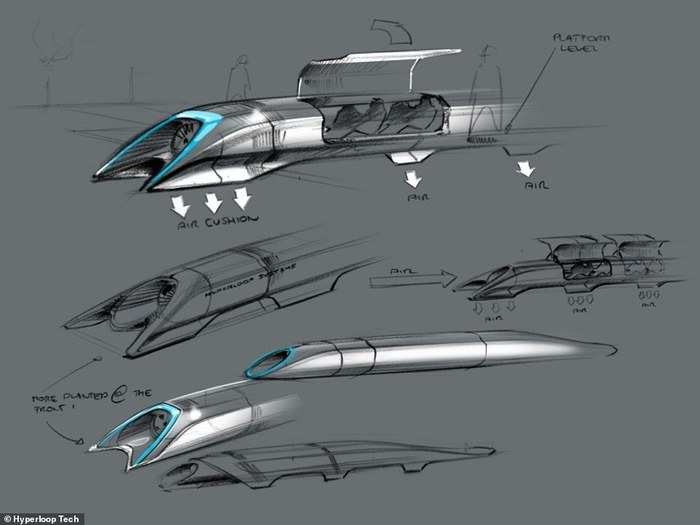
Source: Business Insider
The Foodtubes project, unveiled in 2010, calls for a similar design — except the network would be underground and would carry food. Canisters would travel up to 60 miles per hour in the system, which would cost around $8 million per mile to build in the United Kingdom (though it's still just a concept).

Source: Ars Technica
In the early 2000s, transportation startup ET3 designed a pneumatic-and-maglev train. The design features car-sized pods that would travel in elevated tubes.
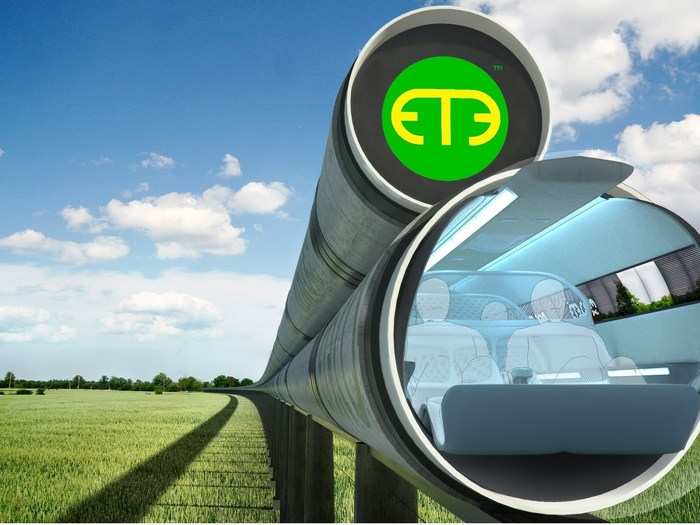
Researchers at MIT designed a vacuum-tube train system for a 45-minute trip from New York City to Boston in the early 1990s. Like Musk's plan, the design called for a magnetic track.
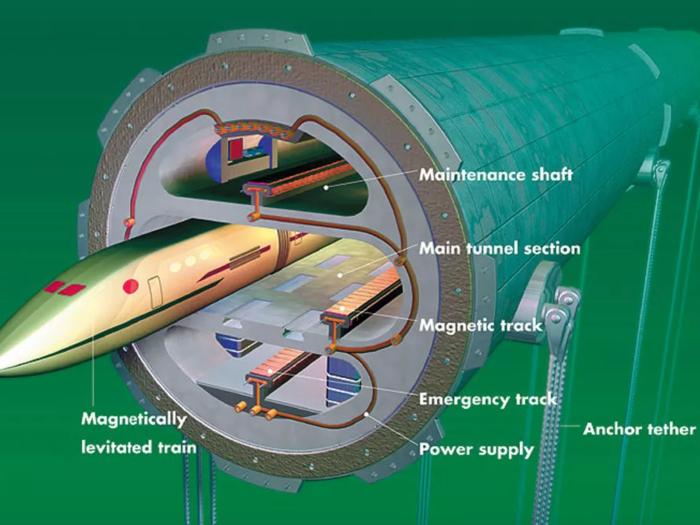
Throughout the 20th century, scientists and science fiction writers imagined transit systems that would work like a Hyperloop. In the 1956 story "Double Star," for example, sci-fi author Robert Heinlein wrote about "vacutubes."
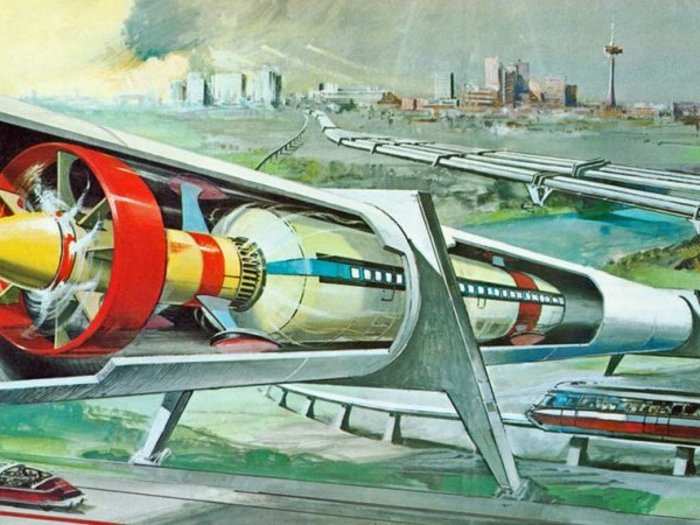
In 1910, American rocket pioneer Robert Goddard designed a train that would go from Boston to New York in just 12 minutes. Though it was never built, it would've floated on magnets inside a vacuum-sealed tunnel.
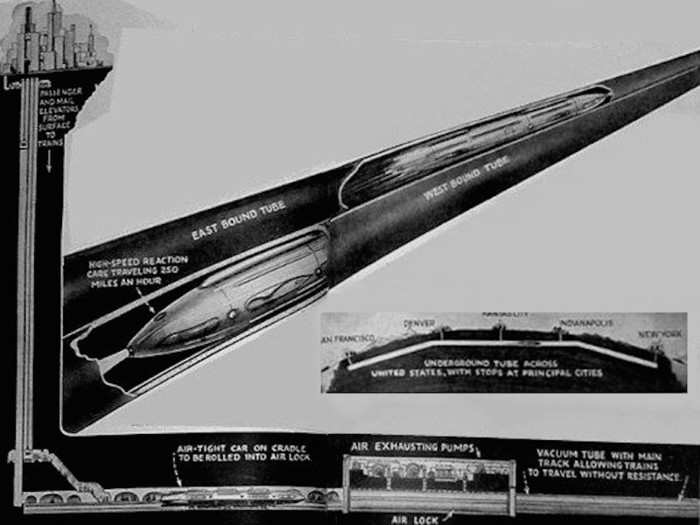
By the end of the 19th century, most major cities used pneumatic tube systems to transport mail and other messages. Some still exist today at banks, hospitals, and factories.
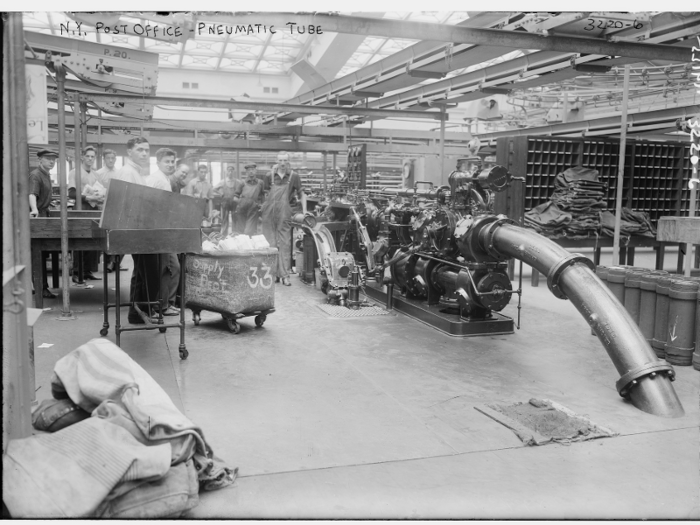
NASA started using pneumatic tubes as intra-office communication in the 1960s. And until 2011, a (now-closed) McDonald's in Edina, Minnesota used them to deliver Big Macs and fries to customers at its drive-through.
The Beach Pneumatic Transit, which operated in Manhattan from 1870 to 1873, was New York City's earliest subway predecessor. Designed by Alfred Ely Beach, it had one stop and a one-car shuttle that used compressed air to move riders.
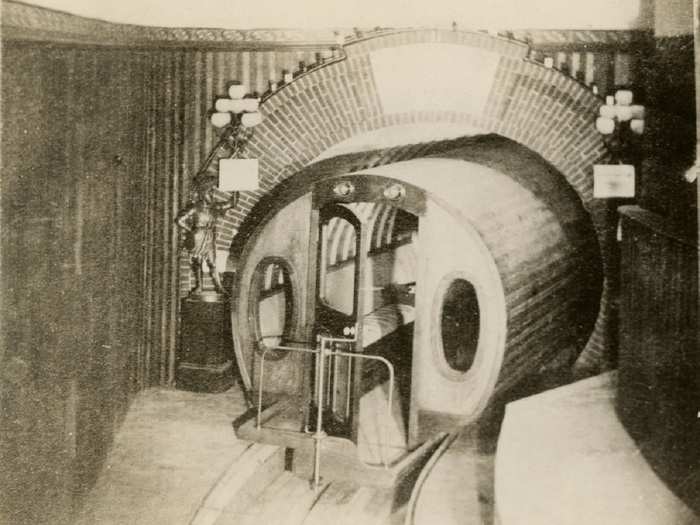
Source: The Atlantic
In the mid-1860s, South London constructed the Crystal Palace atmospheric railway, which ran through a park. A fan, which measured 22 feet in diameter, propelled the train. On return journeys, the fan's blades reversed, sucking the carriage backwards.
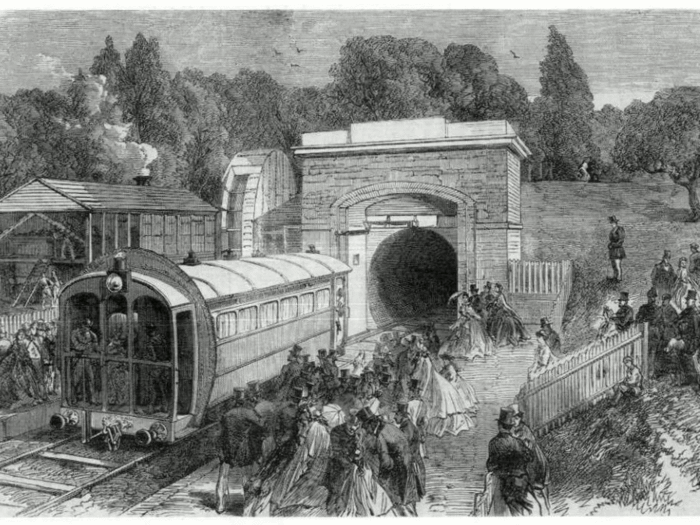
Throughout the mid-1850s, several more pneumatic railways were built in Dublin, London, and Paris. The London Pneumatic Despatch system was meant to transport parcels, but it was large enough to carry people, too. To mark its opening, the Duke of Buckingham traveled through it in 1865.

Around that time, French novelist Jules Verne published "Paris in the 20th Century," which envisioned tube trains stretching across the Atlantic Ocean.
In 1799, inventor George Medhurst proposed an idea to move goods through cast-iron pipes using air pressure. In 1844, he built a railway station (for passenger carriages) in London that relied on pneumatics until 1847.
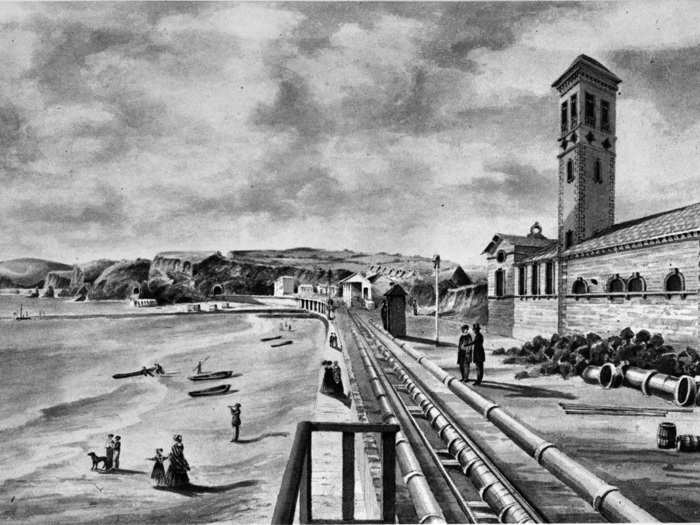
Source: io9
Popular Right Now
Advertisement